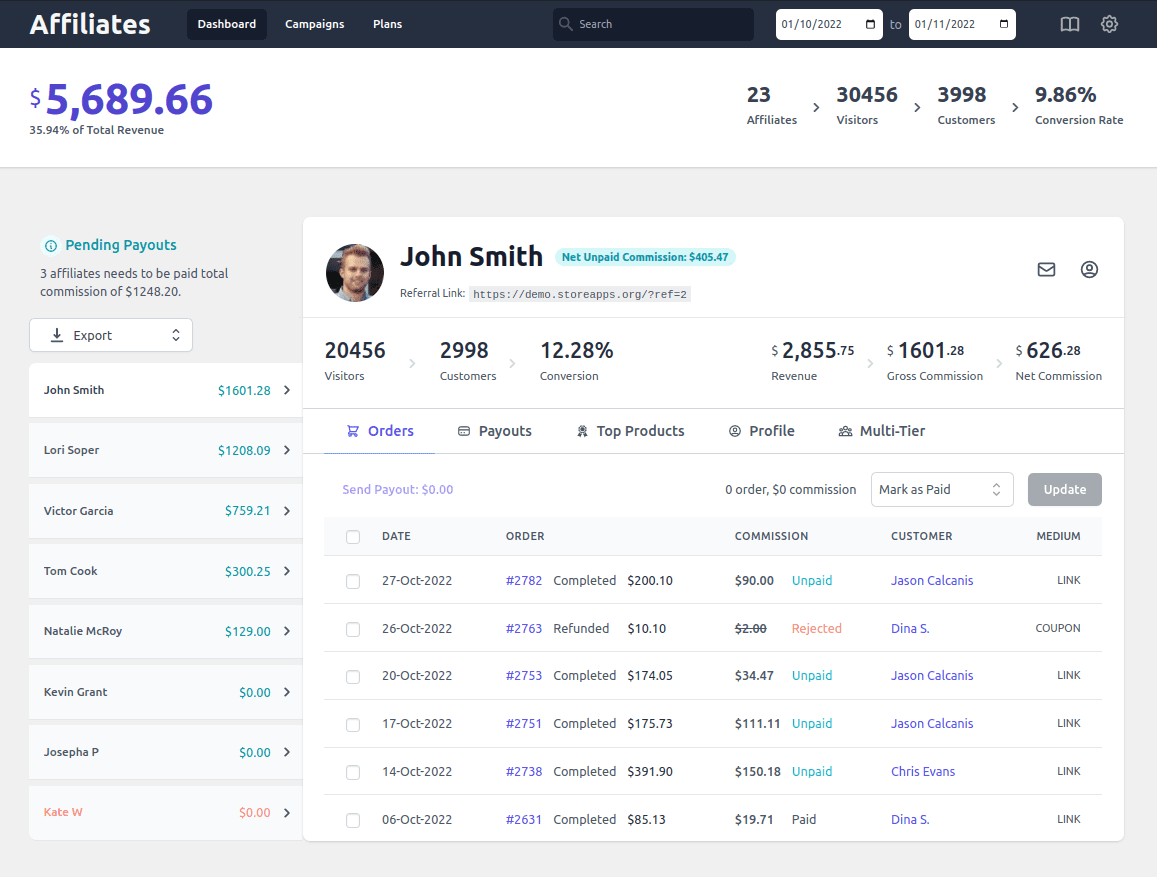Does your content fail to rank higher despite SEO efforts? Are you struggling to attract qualified traffic and convert them into sales?
You’re not alone; over 90% of affiliate marketers face challenges in generating sales and traffic.
This is because they directly jumped in the crowded market, following the conventional SEO affiliate marketing strategies.
Instead, they should focus on some uncommon yet highly effective strategies.
This article will help you boost SEO for affiliate marketing with those strategies, and gain a competitive edge.
SEO affiliate marketing strategies that will work
Many affiliate marketers concentrate on broad keywords, proper domain name, comparison posts, Quora and Reddit posts, etc. That you should do.
But to make your mark in this competitive affiliate marketing landscape, you need to take a slightly unconventional route.
Here are those seven strategies that can elevate your affiliate game.
Pick a narrow niche to start
Selecting a narrow niche allows you to become a pro in that specific area, catering to the unique needs of a more targeted audience.
Instead of competing with larger, more generalized and established affiliate marketers, you can focus on providing specialized content that resonates deeply with your audience.
Your most important task here would be to do extensive research to identify niches having less competition but a solid demand for products.
Build traffic via long-tail keywords
Long-tail keywords are specific phrases that users often search for when they’re closer to making a purchasing decision.
Identify relevant long-tail keywords related to the products you’re promoting and incorporate them naturally into your content.
This could include product reviews, how-to guides, or comparisons.
For example, when you promote abdominal yoga or cardio HIIT, you can target keywords like:
- 5 simple yoga asanas to reduce your belly in 20 days
- How to lose visceral fat via HIIT quickly
When visitors land on your content for these keywords, you can then pitch the relevant products – protein-based supplements, courses, diet special eatables, yoga mats, bands, sippers, energy boosters, consultations, etc. you are affiliated with.
Tools like Ahrefs, Semrush, Google Keyword Planner will help you discover these keywords, along with their search volume and traffic potential.
By optimizing your content for long-tail keywords, you increase the likelihood of attracting users who are actively seeking the products you’re affiliated with.
Implement the SILO structure for your content
SILO structure involves organizing your website content into thematic categories or silos.
Each silo represents a pillar topic, and related subtopics are nested within. This structure enhances the user experience by making navigation intuitive and provides a clear topical hierarchy for search engines.
Consider the same niche, abdominal fitness. You might have silos for yoga asanas (boat pose, cobra pose), cardio HIIT, protein supplements, techniques, and reviews.
This structure helps search engines understand the context and relevance of your content, potentially boosting your SEO.
Use the product yourself before reviewing it
A grave mistake many affiliate marketers make – put a review post, just praising the products they are affiliated with.
How can you say that about the product? What’s your authority? Did you use it?…and many such questions Google will ask and downgrade your rankings.
Unless you use the product yourself and do a review, Google will not consider it authentic.
Look, authenticity is a cornerstone of successful affiliate marketing. By personally using the products you promote, you can provide genuine insights and build trust with your audience.
Create detailed video reviews where you showcase the product in action, highlight its features, and share your personal experiences. Videos tend to be more engaging.
You can also do blog posts with clean and detailed screenshots.
Be honest about both the pros and cons, as this transparency enhances your credibility.
Consider the same example above. Create a video that showcases your 20-day journey from fat to fit. Show the products you used, when you used, how much you consumed, your HIIT routine, etc.
Google will like you for your honest efforts and push you above in the search rankings.
Add ‘nofollow’ to your referral URL
While dofollow links are typically desirable for SEO, strategic use of nofollow links can benefit your overall link profile.
As per Google, affiliate links are paid links and you should mark them as nofollow. For your videos, blog posts where you mention the affiliate products, add a nofollow param to your referral URL.
It’s a misconception that Google does not pass link juice for nofollow links. It will! You just want to obey Google guidelines and avoid being in their bad books.
And try to keep those links to a minimum to avoid appearing overly promotional.
Add relevant questions to your content that appears in SERP
These questions appear in the search results on the 1st page in Google for any query.
You’ll find hundreds of questions when you view them, but only take those that have relevance to your content.
Sprinkle them in your content as subheadings, normal text or as a dedicated FAQ section at the bottom.
This addresses common queries potential buyers may have. Research common questions related to the products you’re promoting and provide detailed, helpful answers.
It improves the user experience, and signals to search engines that your content is comprehensive and relevant.
Implement reverse engineering
Identify successful affiliate marketers in your niche and reverse engineer their SEO strategies.
Analyze their backlinks, content structure, and keywords. Use this information to create complementary content or identify untapped opportunities that your competitors may have overlooked.
The right tool to boost affiliate marketing efforts
What if you are running a WooCommerce store yourself and want affiliates to promote your products?
How can you help affiliates to boost their SEO efforts?
Affiliate for WooCommerce plugin is the perfect tool you need to set up and grow your affiliate program. From commissions to marketing campaigns to payouts, manage everything from a single screen.

- Select only specific users to become your affiliates you feel have the potential to bring in sales.
- Create landing pages that can help affiliates promote your brand/products. This landing page may contain text that has long-tail niche-based keywords and videos, optimized for SEO.
- Set up commission plans based on different rules. For example, 25% commission to your own customers, 20% commission to others, tiered commission on the sale of diet courses, lifetime commission to influencers, etc.
- Create and share marketing campaigns that have featured images, product images, product details, swipe files, videos, etc. your affiliates can pick up and use on their website to increase your brand visibility, and sales.
- Make payouts via PayPal.
and many more powerful tools you’ll get with this WooCommerce affiliate plugin.
Conclusion
I hope this blog answers your questions on how to do SEO for affiliate marketing.
As the digital landscape continues to evolve, affiliate marketers must adapt and embrace innovative strategies to stay ahead.
By incorporating these SEO tips for affiliate marketing, you can differentiate yourself from the competition, establish credibility, and ultimately drive more targeted traffic to the affiliate products.
